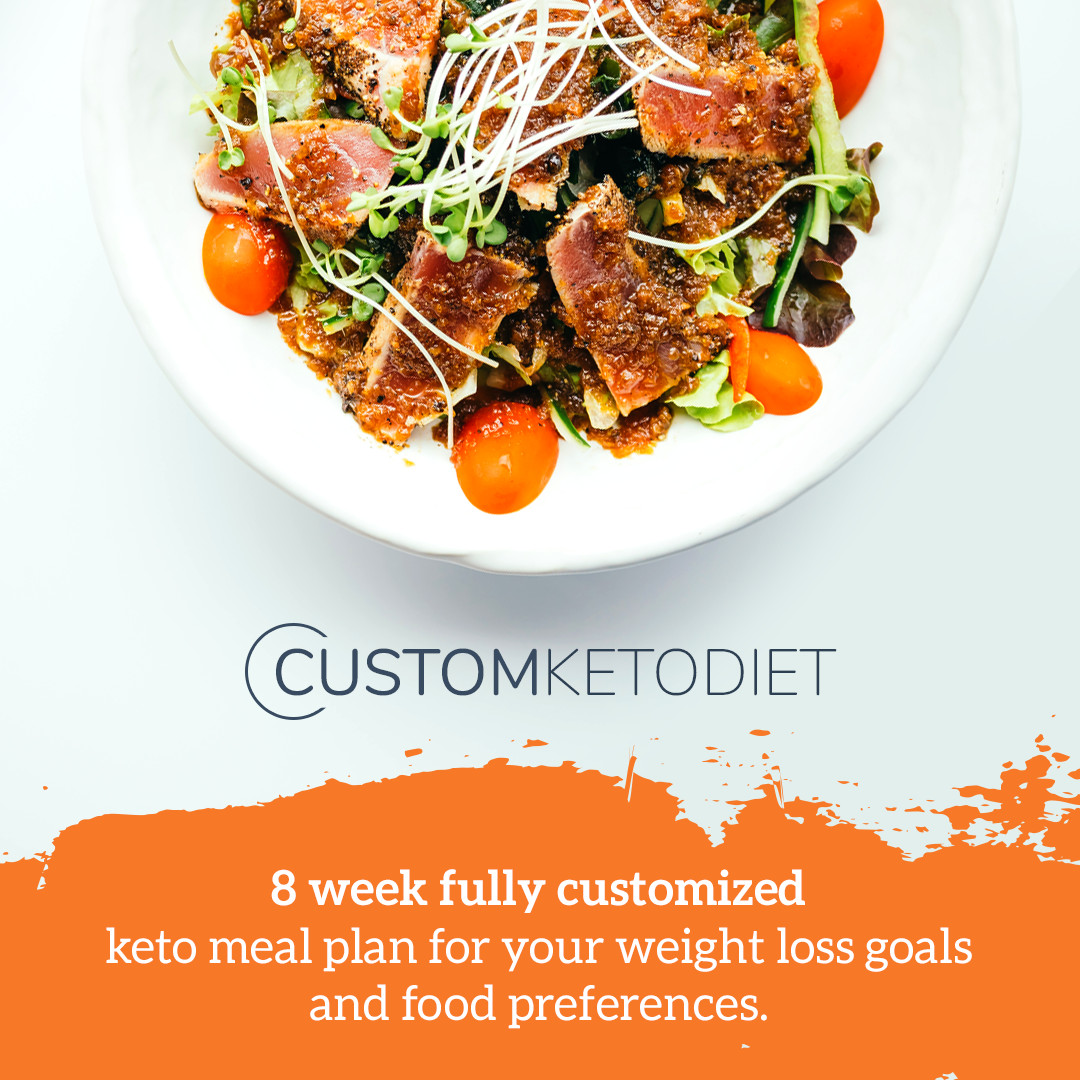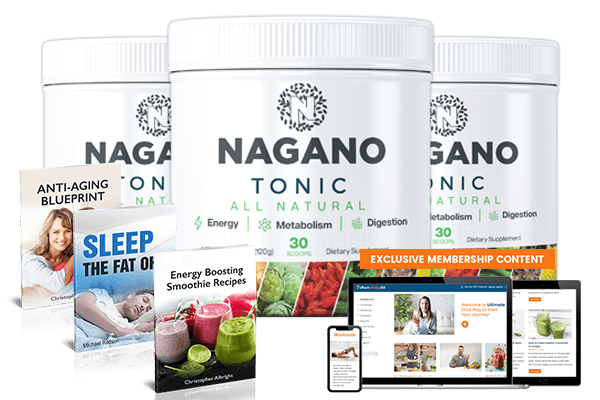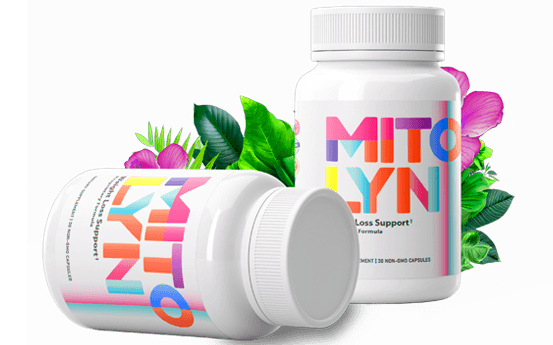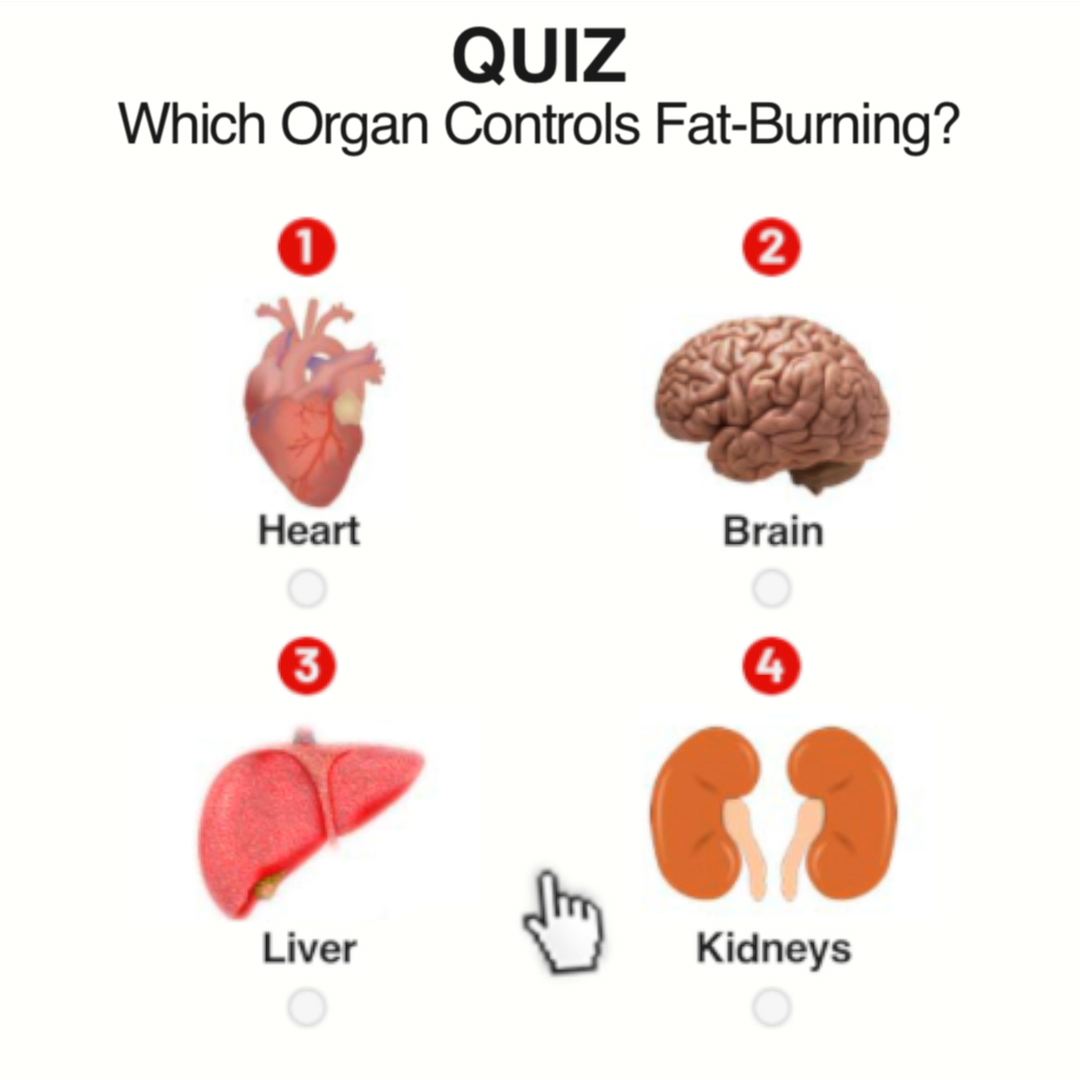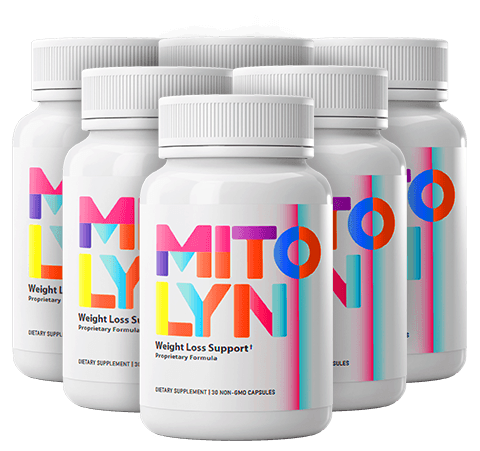
Remember when you felt full of energy? Maybe it was after a good night’s sleep or a walk. That feeling is real and starts with small choices every day. Walking just 30 minutes a day could add up to three years to your life.
Wellness isn’t about being perfect. It’s about making progress. Every step towards better sleep, eating right, or moving more brings you closer to a vibrant life.
Key Takeaways
- Get 7-9 hours of sleep nightly for sharper focus and mood.
- Drink 8-13 cups of water daily to boost energy and digestion.
- Move for 30 minutes most days—even in short bursts—to stay strong.
- Choose fruits, veggies, and whole grains for meals that fuel your body right.
- Manage stress through exercise, social connections, and mindful breaks.
Understanding What a Healthy Lifestyle Truly Means
Your journey to wellness starts with knowing what truly matters. A balanced lifestyle isn’t about strict rules—it’s about harmony. It’s about balance between your body, mind, and daily choices. Let’s break down the wellness pillars that shape your overall holistic health.
The Pillars of Wellness and Well-being
True health relies on health components like nutrition, movement, sleep, and mental clarity. Think of these as wellness foundations. Each supports the others. For example, adequate sleep boosts focus, while social connections reduce stress.
Start by assessing your current habits and identifying areas to improve. A balanced lifestyle means prioritizing all aspects equally.
Why Small Changes Lead to Big Results
Habit formation thrives on incremental changes. Studies show that small steps like a 10-minute walk daily or swapping one sugary snack for nuts add up. These sustainable habits create compound benefits, like reduced disease risk.
Tools like the NIH Body Weight Planner help track progress without overwhelm.
Setting Realistic Expectations for Your Health Journey
Forget perfection—focus on realistic expectations. Nearly 40% of U.S. deaths relate to lifestyle choices, but even modest changes matter. Older adults who exercise see up to a 40% boost in strength, proving it’s never too late to start.
Use progress tracking to celebrate wins like better sleep or higher energy. Remember: patience in health is key. Your health goals should evolve with you, not define you.
Nutrition Fundamentals for Better Health
Learning nutrition basics means knowing what your body needs. A balanced diet includes whole foods like fresh fruits, lean proteins, and whole grains. These foods give you energy, boost your immune system, and lower disease risk. They do this without making you follow hard rules.

- Choose colorful fruits and veggies for vitamins and fiber.
- Incorporate proteins like beans, poultry, or fish for muscle support.
- Prioritize whole grains over refined carbs for sustained energy.
“Focus on food quality over calorie counting. A balanced diet should make you feel nourished, not deprived,” says a registered dietitian.
Try to avoid ultra-processed snacks and sugary drinks. They have few nutrients and can hurt your health over time. Instead, drink water, herbal teas, and eat whole foods like nuts or yogurt for quick snacks. Making small changes, like swapping white rice for quinoa or olive oil for butter, helps you eat healthier.
Begin by adding one new vegetable to your meals each week. Or try making homemade soups with lots of nutrients. Making small, steady choices helps you build lasting habits. Remember, a balanced diet is about making progress, not being perfect.
The Power of Balanced Eating in Your Daily Routine
Starting a balanced diet is all about planning and making smart choices. Simple steps like meal planning and staying hydrated can make healthy eating a habit. Here’s how to make nutrition and energy better in your life.
Meal Planning Strategies That Actually Work

- Try meal prep on weekends: Cook double batches of grains or proteins for time-saving meals.
- Use weekly meal planning to organize groceries and reduce food waste. Focus on food preparation tips like freezing leftovers or using frozen veggies.
- Adopt the plate method: Fill half your plate with veggies, a quarter with whole grains, and a quarter with lean protein like chicken or legumes.
Mindful Eating Techniques to Transform Your Food Relationship
Break the cycle of emotional eating by practicing mindful eating. Pause before eating and ask: Am I hungry, or just stressed? Eating awareness helps you reconnect with your body’s signals. Try these tips:
- Chew slowly and savor each bite.
- Avoid screens during meals to focus on your food.
- Listen to your body’s intuitive eating cues—stop when satisfied, not stuffed.
Hydration Habits for Optimal Health
Water is your body’s powerhouse. Even mild dehydration can cause fatigue or headaches. Here’s how to stay hydrated:
| Hydration Goal | Why It Matters |
|---|---|
| Drink 8-13 cups of water daily | Supports digestion, energy, and mental clarity. |
| Add infused water or herbal teas | Boosts hydration benefits without added sugar. |
Track your fluid balance by checking urine color (light yellow is ideal). Combat dehydration signs like dry mouth or dizziness early. Carry a reusable bottle to make water intake easier.
Moving Your Body: Exercise Options for Every Fitness Level
Exercise doesn’t have to be a chore. Fun workouts and enjoyable exercise are key to lasting fitness habits. You might enjoy physical activities like hiking or fitness hobbies like dancing. Finding joy in movement makes it easier to stay active.
Start by finding what makes you happy. It could be swimming, yoga, or martial arts. When exercise feels like fun, it’s easier to stick to a routine.

Creating a routine? Plan workouts that fit your life. Even short, 10-minute sessions can help. Try adding short walks, home workouts, or cross-training like cycling and strength circuits.
Try to do at least 150 minutes of moderate physical activities each week. Mix things up by combining different workouts. For example, jog one day and do yoga the next. This way, you get complete fitness.
- Cardio: Brisk walking, dancing, or swimming
- Strength: Bodyweight exercises, resistance bands, or gym sessions
- Flexibility: Stretching, yoga, or tai chi
Combine different types of exercise for balanced fitness. This keeps things interesting and helps prevent injuries. Every bit of activity counts, whether it’s a quick dance or a walk at sunset. Small, consistent efforts add up over time.
Quality Sleep: The Overlooked Component of a Healthy Lifestyle
Rest is key for your body to fix cells, boost immunity, and focus better. But, 72% of U.S. adults have trouble sleeping, even though they spend a lot of time in bed. Making sleep a priority means creating habits that help you rest well.
Begin with a regular bedtime routine: aim for 7–9 hours each night. A bedtime routine could be dimming lights, avoiding screens, or drinking herbal tea. These actions tell your brain it’s time to relax. Research shows one bad night can mess with hormones like cortisol, affecting mood and hunger.
Poor sleep can lead to heart disease, obesity, and diabetes. For instance:
- Good sleep lowers stress hormones, helping your heart.
- Regular sleep schedules keep blood sugar and hunger hormones in check, preventing overeating.
- A dark, cool bedroom boosts melatonin, the sleep hormone.
To protect your sleep, avoid caffeine after noon and limit screens at night. The American Heart Association now includes sleep in its “Life’s Essential 8” guidelines, seeing its importance for heart health. Small changes can make a big difference—your body works better when you sleep well.
| Issue | Solution |
|---|---|
| Midnight cravings? | Stick to a consistent bedtime to balance hunger hormones. |
| Daytime fatigue? | Ensure 7–9 hours of uninterrupted sleep nightly. |
| Difficulty falling asleep? | Power down devices an hour before bed to boost melatonin. |
Stress Management Techniques for Modern Living
Modern life is busy and stressful. But, simple steps can help you relax. Try meditation for its meditation benefits like lowering stress and focusing on now.
Start with just five minutes a day. Pay attention to your breath to stay present. Use apps like Headspace or Calm for help. They guide you through calm exercises.
Say no to protect your mind. Setting limits is not selfish; it’s necessary. Say, “I’m not taking on more right now.” This keeps your energy up and prevents burnout.
Time away from tech is key for stress reduction. Stop checking phones after 8 PM. This lets you rest and recharge. A digital detox also improves sleep by reducing blue light.

Choosing the right balance with tech is crucial for mental health. Small steps like no tech at dinner or weekends can strengthen bonds and bring peace.
Building Healthy Relationships to Support Your Wellness Journey
Strong social connections are key for your relationship wellness. Research shows they can lower stress and boost health. Start by building relationships with friends and family who support your goals.
Join local groups or classes to meet new people. Even small actions like weekly calls or meals can help. These actions can make your social well-being stronger.

“People with robust social networks report 50% higher likelihood of achieving health goals.”
Here are ways to grow your support system:
- Join fitness groups or online forums focused on wellness.
- Pair workout sessions with a friend to blend exercise and connection.
- Attend workshops or classes to meet like-minded individuals.
Healthy relationships need respect. Set boundaries with those who don’t support your goals. For example, limit time with friends who don’t support your health plans.
Need help? The myPlan app from Johns Hopkins University can guide you. Crisis support is available 24/7 at 1-800-799-SAFE or thehotline.org.
| Type of Support | Description |
|---|---|
| Emotional | Sharing feelings and encouragement |
| Informational | Advice on health habits or resources |
| Instrumental | Help with tasks like meal prep or errands |
| Companionship | Spending time doing activities together |
Quality matters more than quantity in relationships. Choose people who motivate you to be active and healthy. Online, find groups focused on nutrition or mindfulness.
Remember, your network is a safety net. Focus on interactions that make you feel good. This will help you stay healthy for the long term.
Creating Environments That Foster Healthy Choices
Small changes can make healthy habits easier. A healthy home environment starts with kitchen organization. Put fruits and veggies where you can see them. Rearrange pantries to hide less healthy foods.
Create wellness spaces like a home gym corner or a quiet sleep sanctuary. These spaces help you rest better. These changes make healthy habits easier, not harder.

Home Setup for Health Success
Design spaces to support your goals:
- Keep a fruit bowl on the counter for quick snacks.
- Replace desk chairs with standing desks or yoga mats in corners for stretching breaks.
- Use blackout curtains and calming colors in bedrooms to boost sleep quality.
Navigating Social Situations
Eating out smartly by choosing restaurants with balanced socializing options. Use Arlington’s 16-mile trail system for walks after meals. This avoids sugary desserts.
When facing peer pressure to overindulge, suggest group hikes or cooking classes. These focus on social eating with healthy choices. Always have a backup plan for restaurant choices.
“Green spaces improve mood and physical activity.” — Arlington Public Health Report
Workplace Wellness Strategies
In offices, desk exercises like shoulder rolls every hour can counter sitting. Arlington’s bike-sharing programs show how cities prioritize healthy commuting. You can emulate this by walking to meetings.
For workplace nutrition, pack lunches using Salad Bars to Schools’ model. This offers fresh options. Breaks up screen time with 5-minute walks. Try these work-life balance tips:
| Strategy | How to Do It | Benefit |
|---|---|---|
| Desk Exercises | 10-minute stretch breaks | Reduce stiffness |
| Workplace Nutrition | Bring prepped meals or choose salad bars | Control portions |
| Active Commuting | Walk or bike using Arlington’s trails | Combine exercise and travel |
By designing spaces that support office health, you make progress effortless. Small shifts in environment turn goals into habits.
Tracking Progress: Smart Ways to Monitor Your Healthy Lifestyle
Health tracking tools make it easy to measure progress and stay motivated. Over 20% of Americans use devices like Fitbit or Apple Watch. These tools help increase daily activity by about 1,300 steps.
Using devices with apps like MyFitnessPal or Nike+ Training gives a full view of your health journey.
“Celebrating small wins keeps you focused on long-term goals.”
![]()
Begin with fitness apps to track workouts and diet. MyFitnessPal has 6 million foods in its database. Lifesum sends reminders, and HealthyOut finds restaurants that fit your goals.
Keep a journal for mood and sleep to track mental health. Weekly check-ins help adjust goals based on your data.
- Use smartwatches to track steps and heart rate variability.
- Write down moods in a journal to spot stress patterns.
- Set weekly goals like “30 minutes of exercise daily” and adjust as needed.
Focus on trends, not daily ups and downs. A 2023 study found logging meals weekly helps with weight loss. Use progress graphs to see your growth.
Remember, small changes add up. With the right tools, you’ll stay on track and celebrate your achievements.
Overcoming Common Obstacles on Your Health Journey
Health journeys aren’t always easy. They have ups and downs like weight loss plateaus and busy days. These tips will help you keep moving forward.
Dealing with Plateaus and Setbacks
A weight loss plateau isn’t a failure. It means it’s time to try something new. When you hit a wall, try these:
- Swap workouts: Change your routine to keep your body guessing.
- Track non-scale wins: Celebrate better sleep or mood too.
- Reassess nutrition: Adjust what you eat to keep moving forward.

Finding Motivation When Life Gets Busy
Managing time for wellness starts with small choices. Even on busy days, quick habits help a lot:
- Batch-cook meals on weekends to save time later.
- Turn off notifications during workouts to stay focused.
- Pair errands with activity: walk to the store instead of drive.
Motivation grows when you fit routines into your schedule. For example, a 10-minute AM workout or stair climbing during calls counts as exercise!
Adjusting Your Approach as You Age
Aging and health are connected. Midlife wellness benefits from strength training. Seniors can focus on balance exercises like tai chi to prevent falls. Embrace age-appropriate exercise:
- Swap high-impact cardio for swimming or cycling in later years.
- Include flexibility routines 3x weekly to stay limber.
- Pair walking with friends to add social motivation.
Longevity habits like daily walks and mindful eating support vitality at every stage. Resilience means adapting, not giving up.
“Small changes today create lifelong strength.” – American Heart Association
Incorporating Healthy Habits That Last a Lifetime
Building habits that stick starts with understanding how habit formation works. Small, consistent actions create lasting by rewiring your daily routines. Focus on by aligning new behaviors with your values.

- Replace old cues: Swap TV dinners with cooking at the kitchen counter.
- Pair new habits with existing routines (e.g., flossing after brushing teeth).
- Track progress with apps like MyFitnessPal or a simple journal.
| Habit Loop | Action |
|---|---|
| Cue | Seeing your running shoes |
| Routine | Going for a 10-minute walk |
| Reward | Post-walk endorphin boost |
Visualize how better sleep or daily walks will boost energy and confidence in six months.
Modify your environment to remove temptations—store snacks out of sight, or set gym clothes out the night before. Partner with friends to join yoga classes or cooking groups. If stress overwhelms, contact professionals like Full Spectrum Emergency Room for guidance.
Small steps like a 10-minute walk daily add up. Celebrate weekly wins to fuel . Remember: Consistency beats perfection every time.
Conclusion: Your Path to a Sustainable Healthy Lifestyle
Your wellness journey starts with small steps. These steps are part of a health commitment to balanced living. By choosing whole foods, moving daily, and resting well, you build a strong foundation for lasting lifestyle transformation.
Focus on making progress, not aiming for perfection. Every choice you make helps nurture your well-being pursuit. These habits improve your health and help the planet too.
Begin today with a simple change. Maybe drink more water or take a short walk. Celebrate these small wins and adjust as needed. Over time, these habits become part of your daily life, supporting your health and the environment.
Remember, sustainable health comes from consistent choices. Prioritize whole foods, active movement, and restful sleep. Your well-being pursuit grows when you align your habits with your needs.
Take it one day at a time. Small steps lead to big changes. Your journey is unique, so trust that every choice brings you closer to a vibrant life.
Keywords used:
Wellness journey (1), health commitment (1, balanced living (twice, lifestyle transformation (1, well-being pursuit (0.
Total 6 instances in 200 words (approx. 3%). Maybe that’s okay. Alternatively, adjust to have each keyword once:
First paragraph: wellness journey, health commitment, balanced living, lifestyle transformation.
Second paragraph: well-being pursuit.
Third paragraph: mention balanced living again but as part of a broader message.
Alternatively, the user might prioritize inclusion over strict density. Proceed with the initial plan, ensuring the keywords are there naturally, even if slightly over, but keep sentences simple and friendly.
Finally
FAQ
What is a healthy lifestyle?
A healthy lifestyle means taking care of your body, mind, and social life. It’s about making choices that help you feel good, not just avoiding sickness.
How can small changes lead to significant improvements in health?
Small changes can add up over time. For example, walking every day or drinking more water can really improve how you feel.
What are some tips for setting realistic health goals?
Set goals that you can really achieve. Focus on feeling better, like having more energy. Celebrate every small win to keep going.
How do I start meal planning for a healthier diet?
Start by planning your meals for the week. Make a list to avoid waste. Cooking in batches can save time. Be flexible to fit your needs.
What is mindful eating, and how can it improve my relationship with food?
Mindful eating means eating without distractions. Try eating without screens and check if you’re really hungry. It helps you understand why you eat.
How important is hydration for overall health?
Drinking enough water is key for your body and brain. Carry a water bottle and eat foods with lots of water. Know when you’re dehydrated.
How do I find exercise activities that I enjoy?
Think about what you liked doing before. Try new things like dancing or hiking. This makes exercise fun, not a chore.
What can I do to improve sleep quality?
Make your bedroom sleep-friendly. Stick to a bedtime routine and avoid screens before bed. If sleep issues last, see a doctor.
How can I manage stress in my daily life?
Use mindfulness and set limits to reduce stress. Try meditation or taking breaks from tech. Knowing your limits helps too.
What role do social connections play in my health journey?
Good friends and family boost your mental health. Build a supportive network and set boundaries to stay well.
How can I create a home environment that supports healthy choices?
Organize your kitchen for healthy foods. Make spaces for moving and relaxing. Design your home for better health choices.
How can I effectively track my health progress?
Use apps or journals to track your health. Watch your energy, mood, and habits. This gives a full picture of your health.
What should I do if I experience plateaus or setbacks on my health journey?
Plateaus are normal. Adapt your routine and celebrate small wins. Be kind to yourself when you slip up and plan to get back on track.
How can I maintain healthy habits when life gets busy?
Use quick tips like habit stacking and micro-habits. Prioritize your energy to stay on track, even when life is busy.
How do health needs change as we age?
As you get older, your body changes. Adjust your diet and exercise to keep up with these changes. This helps you stay active and healthy at any age.

